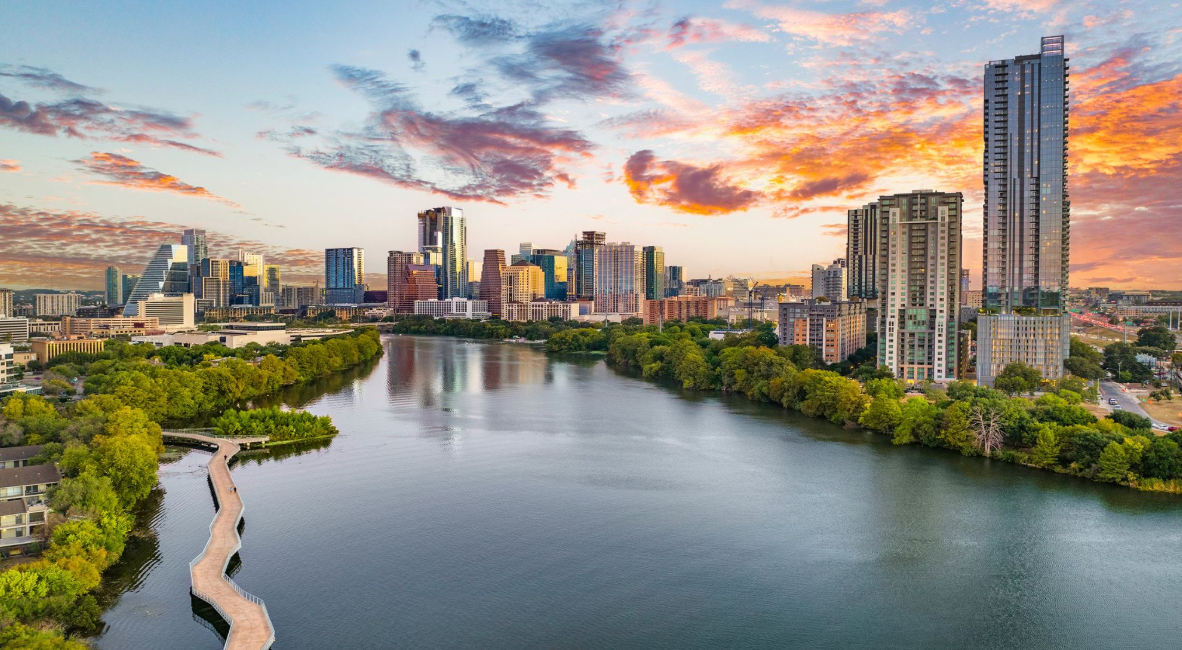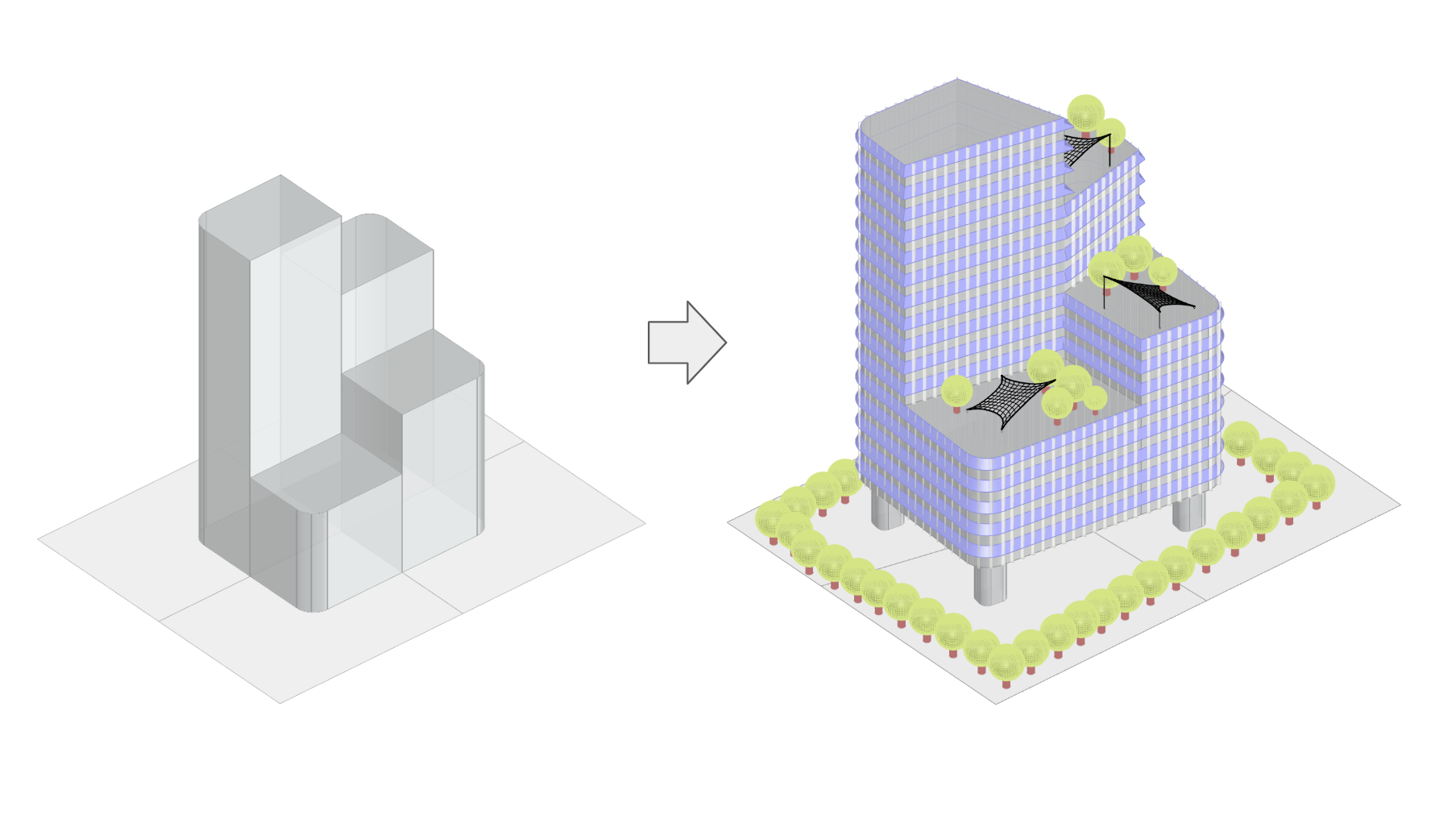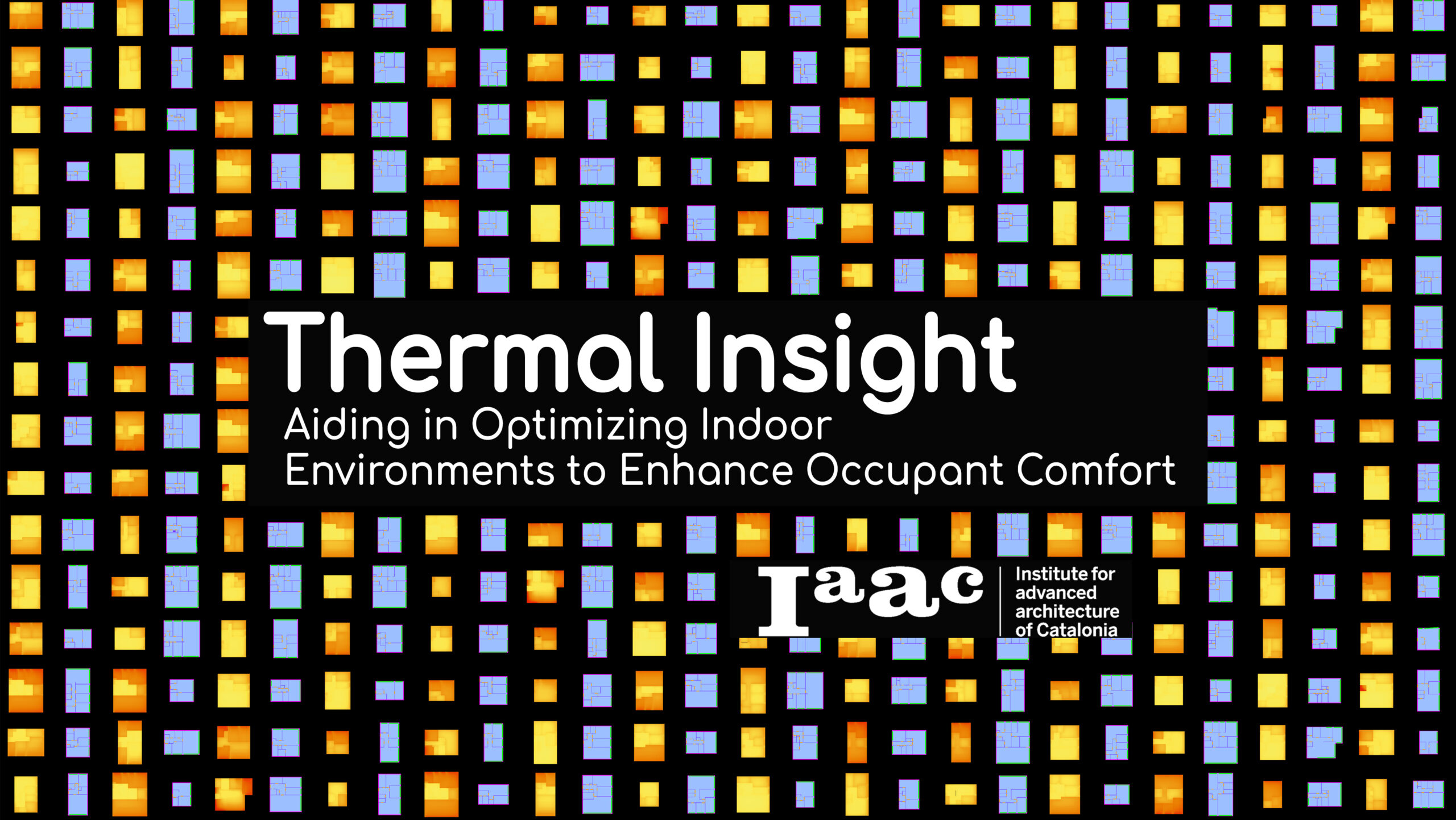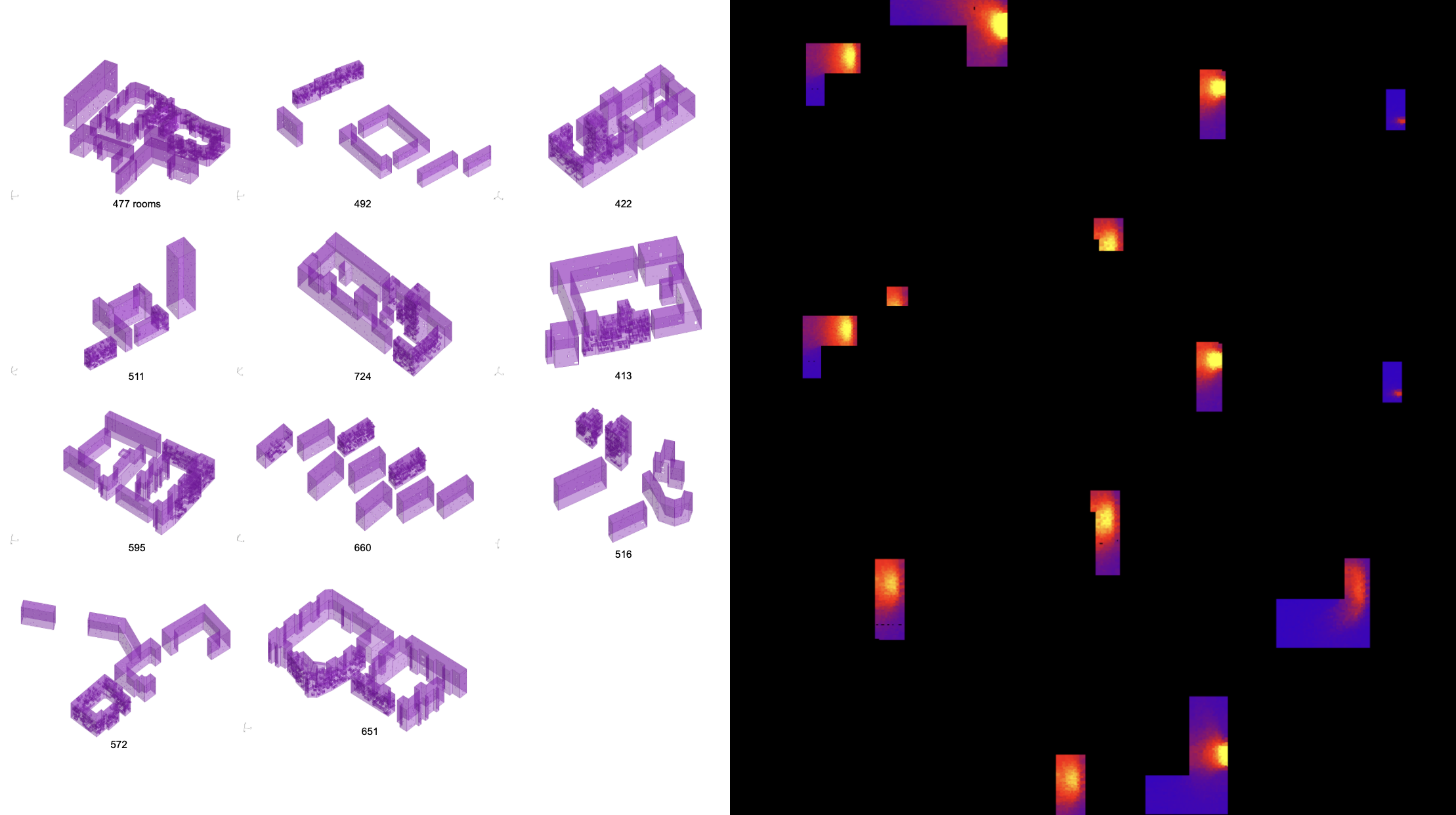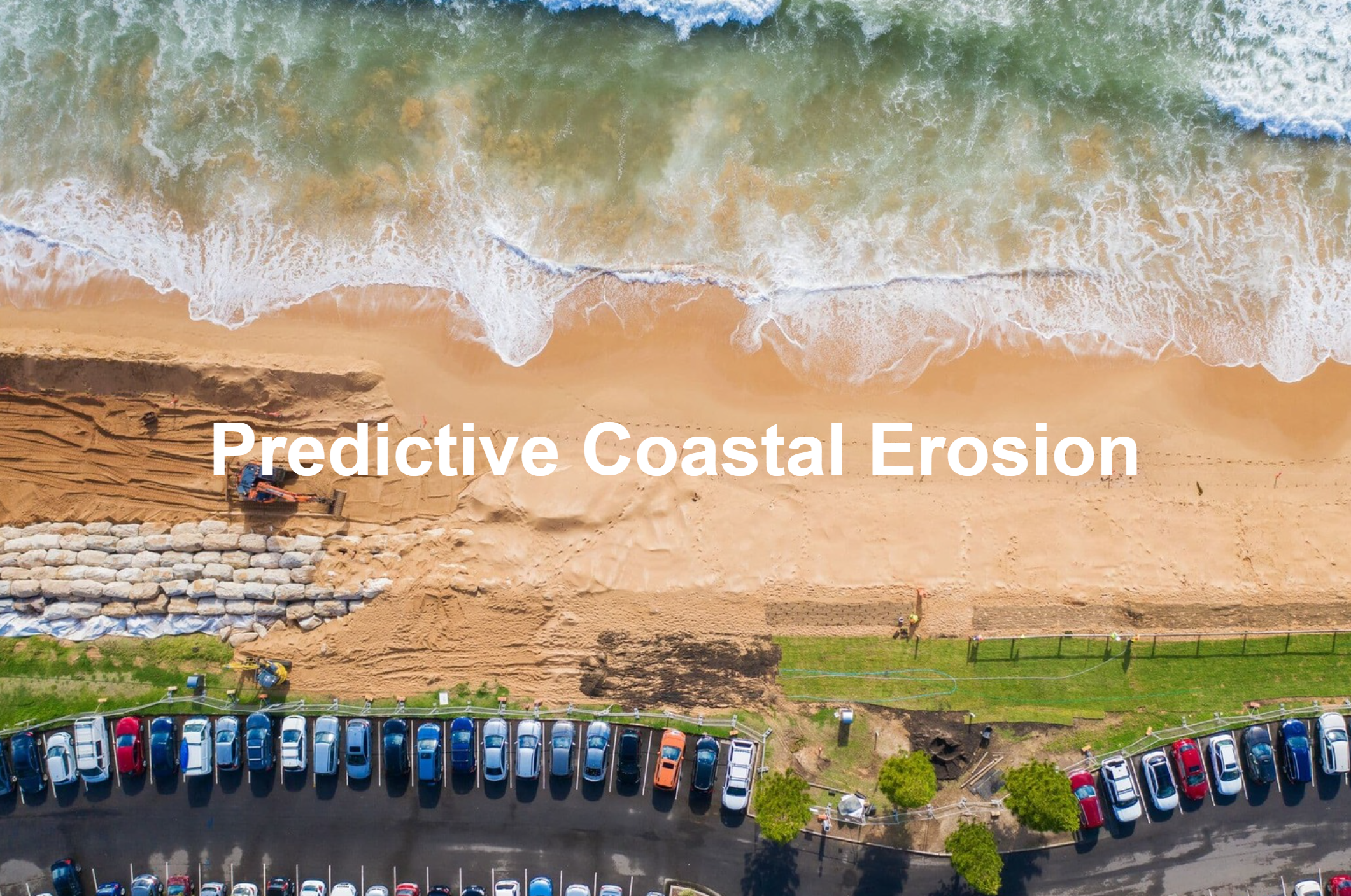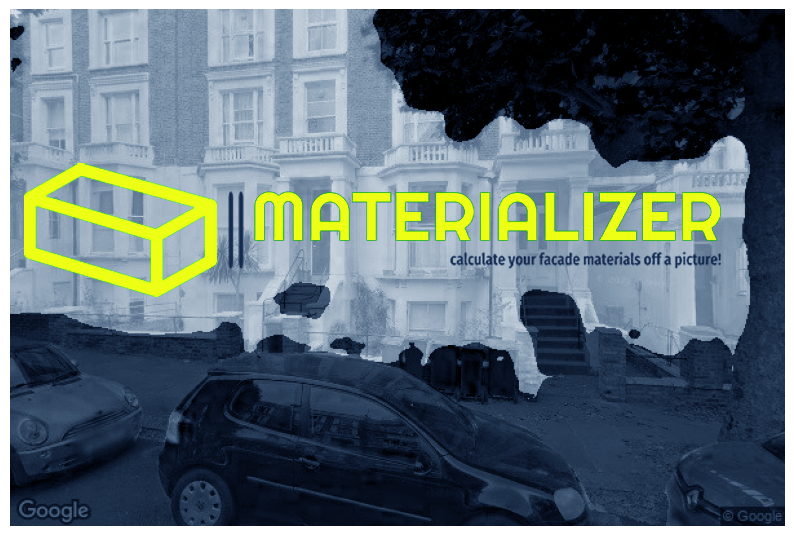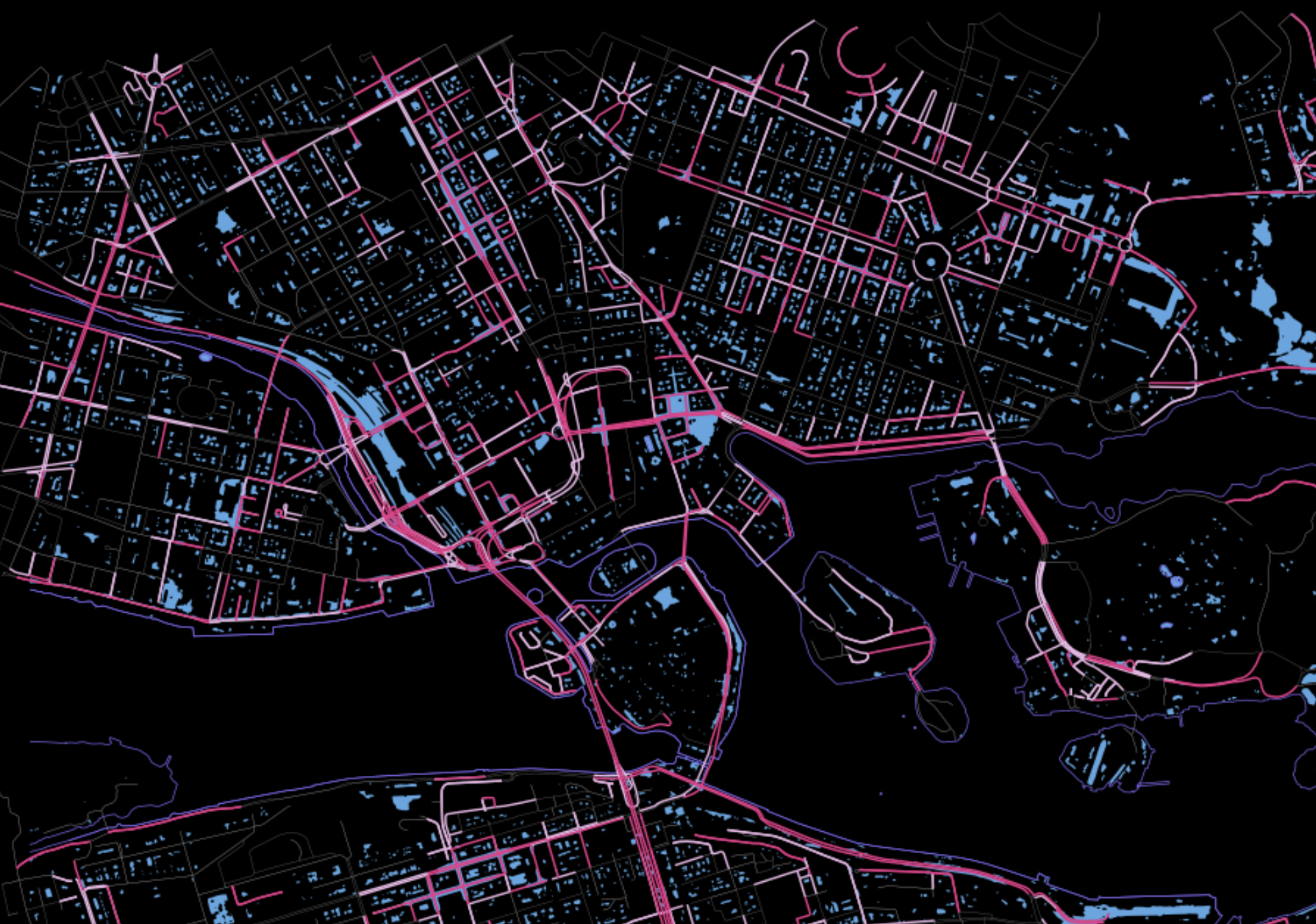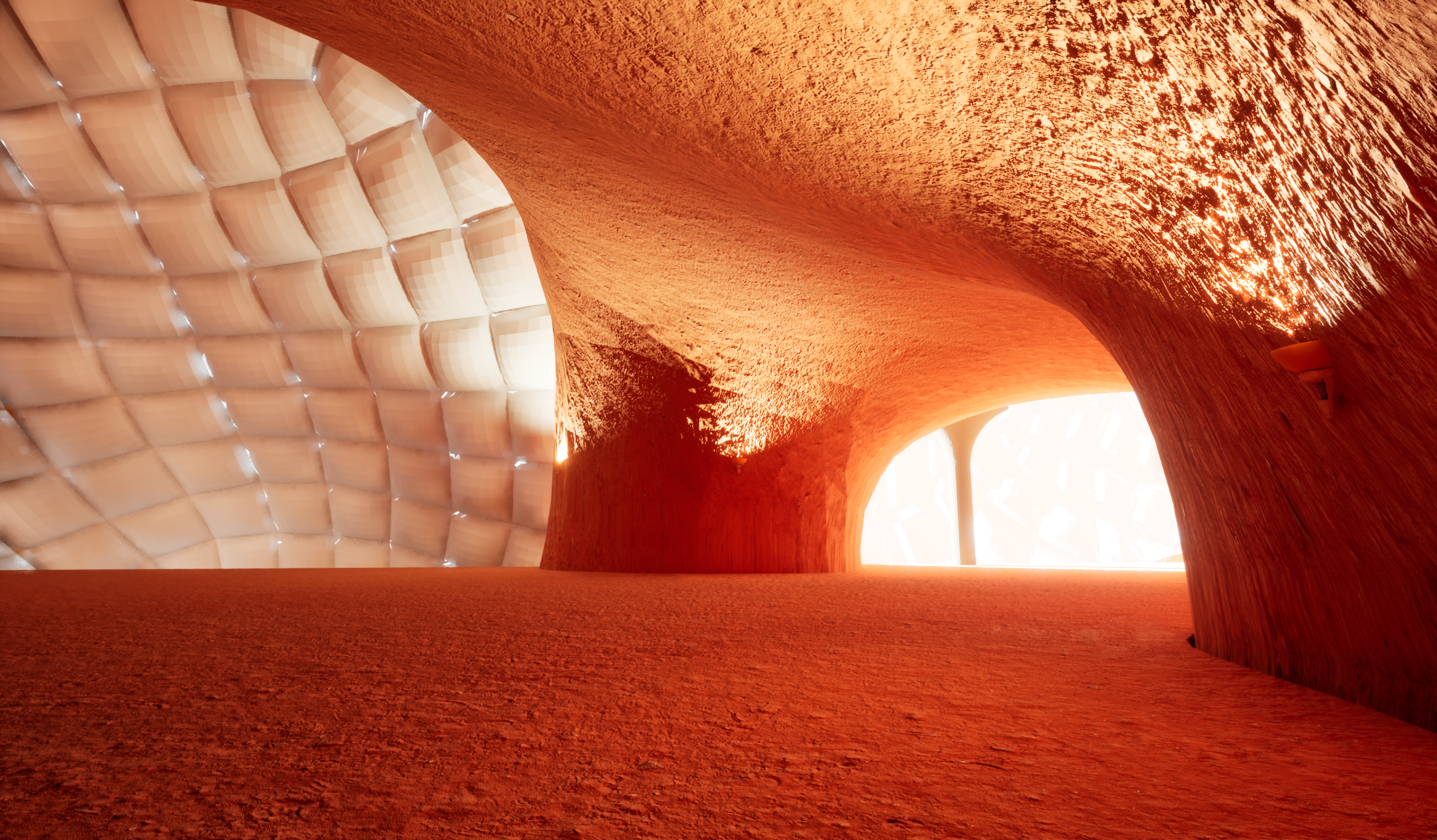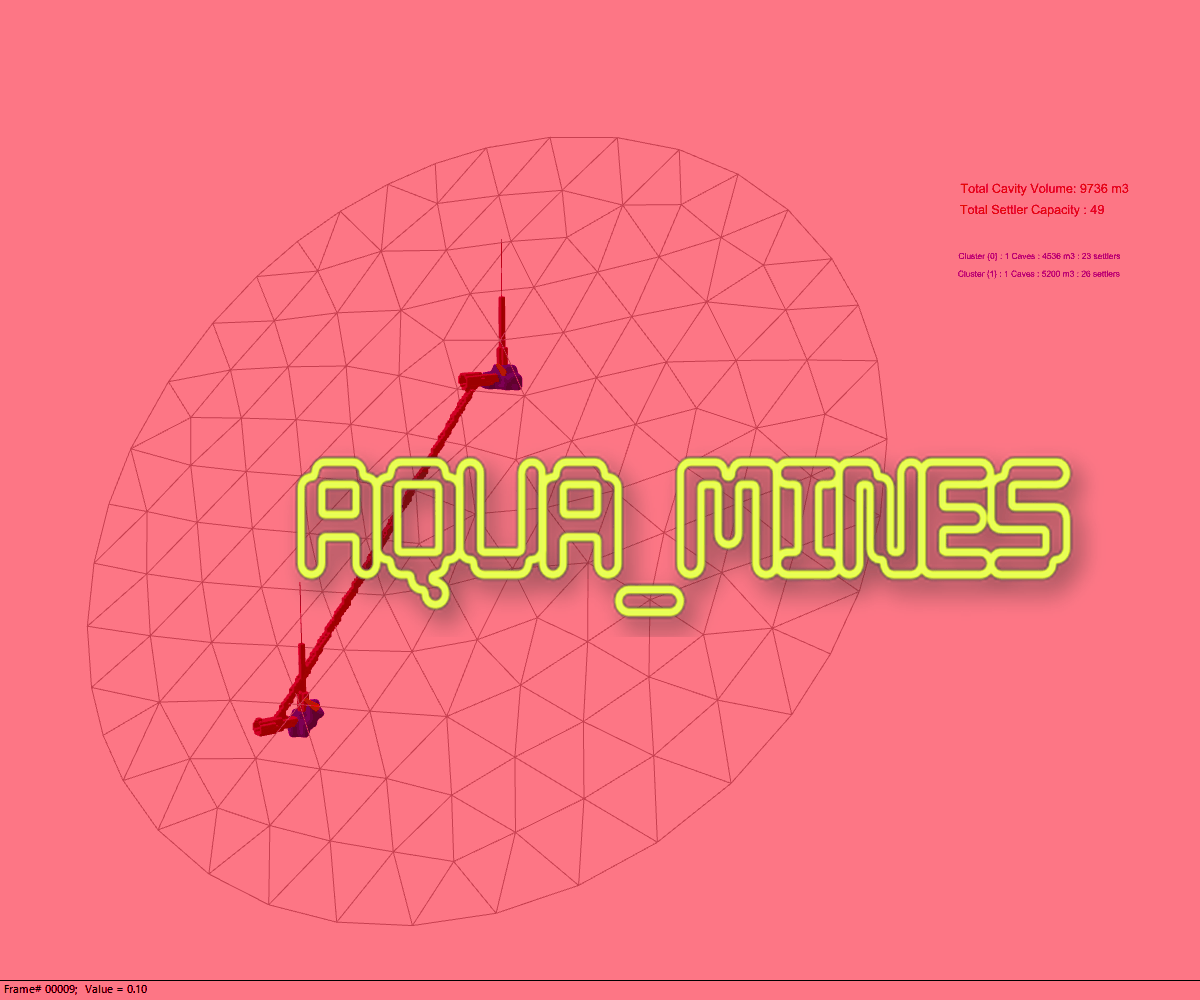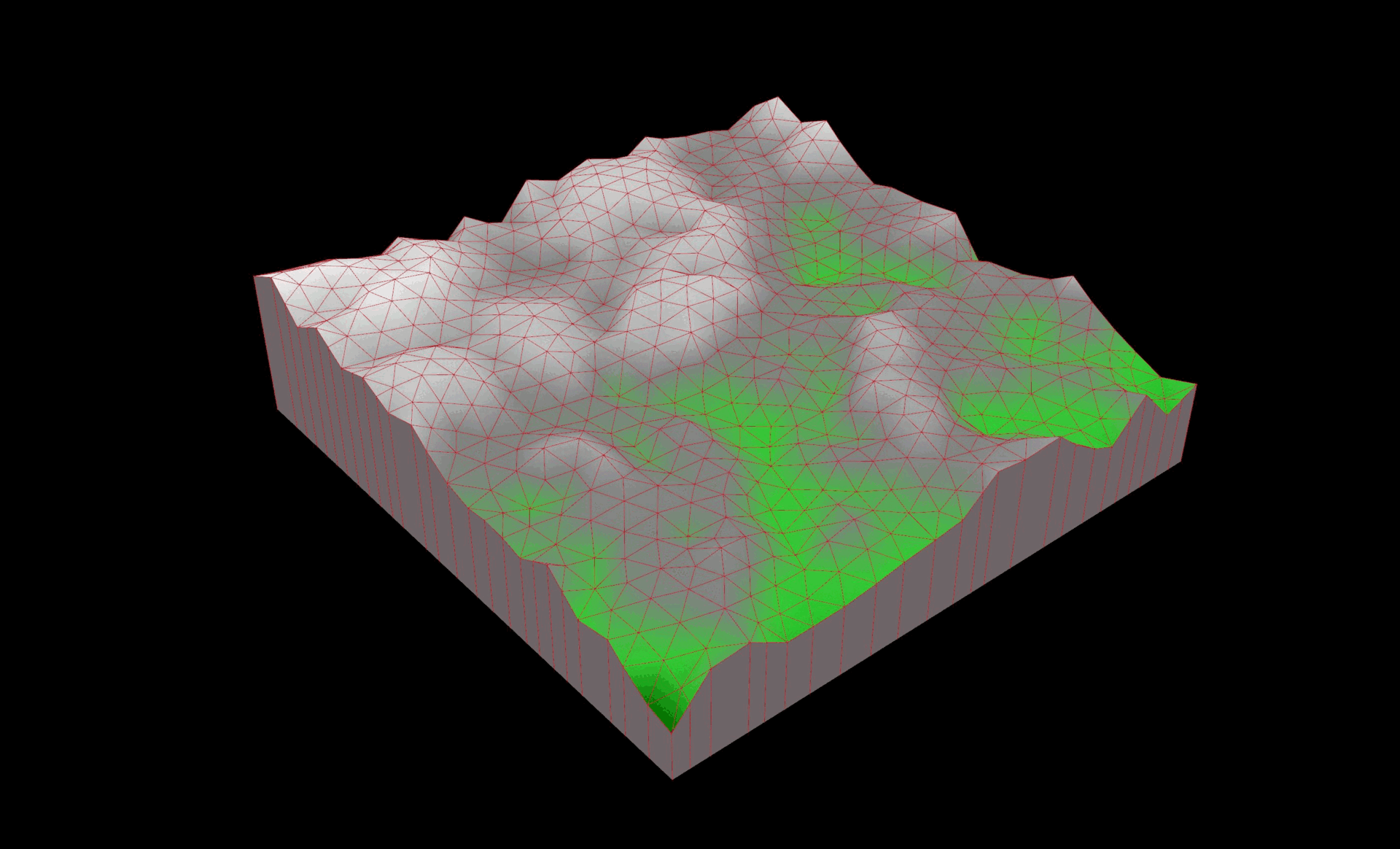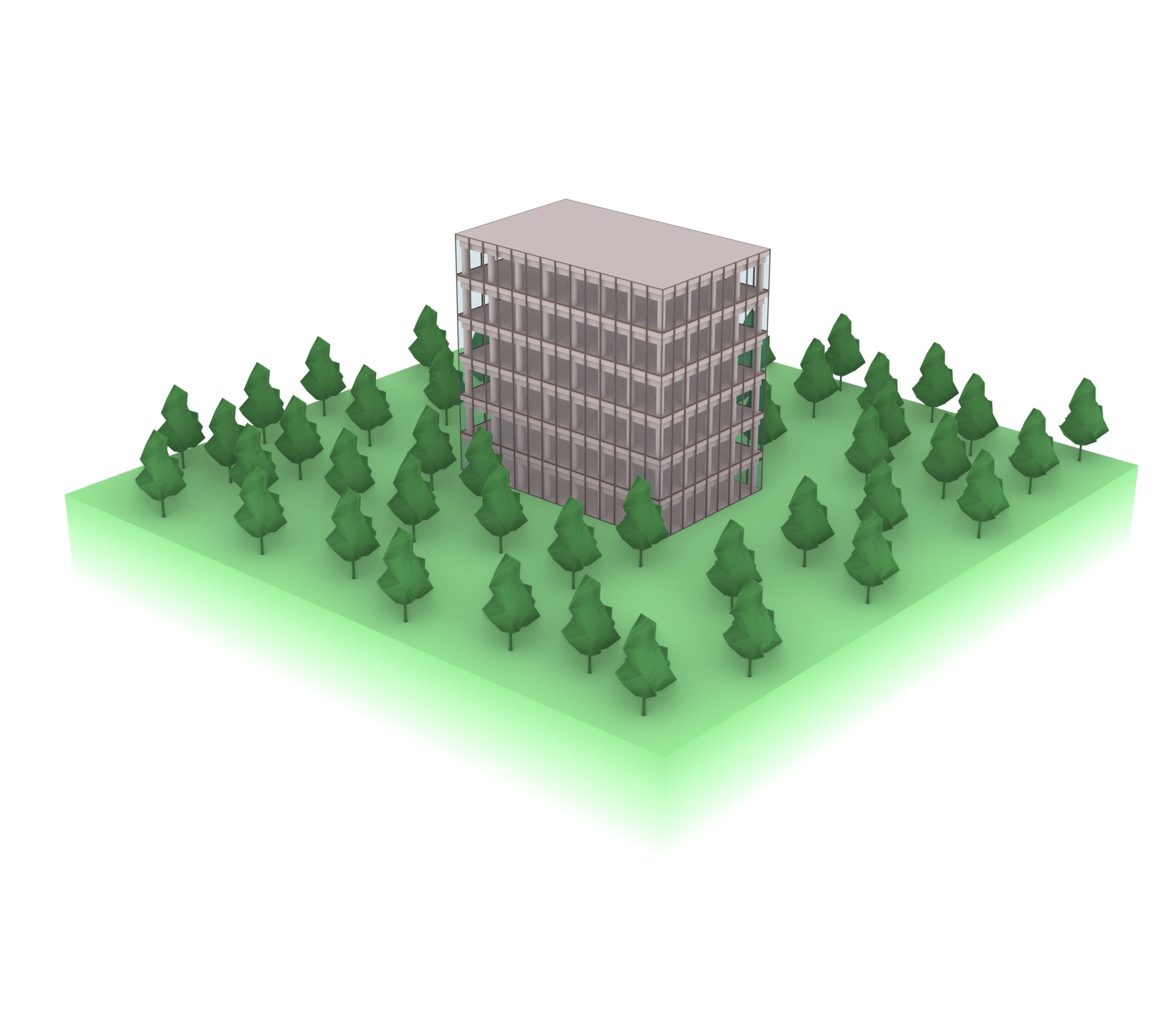Digital Tools for Environmental Analysis | Rome
Rome has a Mediterranean climate characterized by hot, dry summers and mild, wet winters. Average temperatures range from around 8.5°C in winter to about 31°C in summer. The city experiences moderate rainfall, with the wettest months typically being October and November. Climate Analysis In Rome, the bulb temperature, which reflects the combined effect of air … Read more


